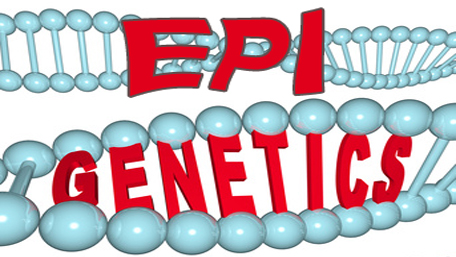
09/17/2020
Hot Topics of the Day are picked by experts to capture the latest information and publications on public health genomics and precision health for various diseases and health topics. Sources include published scientific literature, reviews, blogs and popular press articles.
Sign up MyPHGKB to receive the daily hot topic email alert.
Archived Hot Topics of the Day By Date
AI could help rid health care of biases. It also might make them worse
Stat News, September 15, 2020
A Survey of Rare Epigenetic Variation in 23,116 Human Genomes Identifies Disease-Relevant Epivariations and CGG Expansions.
Garg Paras et al. American journal of human genetics 2020 Sep
Covid-19: Universal screening is likely to miss infected people, review finds
G Iacobucci, BMJ, September 17, 2020
Associations between phone mobility data and COVID-19 cases
O Gatalo et al, Lancet Infectious Diseases, September 15, 2020
Clustering and superspreading potential of SARS-CoV-2 infections in Hong Kong
DC Adam et al, Nature Medicine, September 17, 2020
Fast coronavirus tests: what they can and can't do
G Guglielmi, Nature, September 16, 2020
Detection of SARS-CoV-2 with SHERLOCK One-Pot Testing
J Joung et al, NEJM, September 16, 2020
Disclaimer: Articles listed in Hot Topics of the Day are selected by Public Health Genomics Branch to provide current awareness of the scientific literature and news. Inclusion in the update does not necessarily represent the views of the Centers for Disease Control and Prevention nor does it imply endorsement of the article's methods or findings. CDC and DHHS assume no responsibility for the factual accuracy of the items presented. The selection, omission, or content of items does not imply any endorsement or other position taken by CDC or DHHS. Opinion, findings and conclusions expressed by the original authors of items included in the Clips, or persons quoted therein, are strictly their own and are in no way meant to represent the opinion or views of CDC or DHHS. References to publications, news sources, and non-CDC Websites are provided solely for informational purposes and do not imply endorsement by CDC or DHHS.
- Page last reviewed:Feb 1, 2024
- Page last updated:Apr 25, 2024
- Content source:




